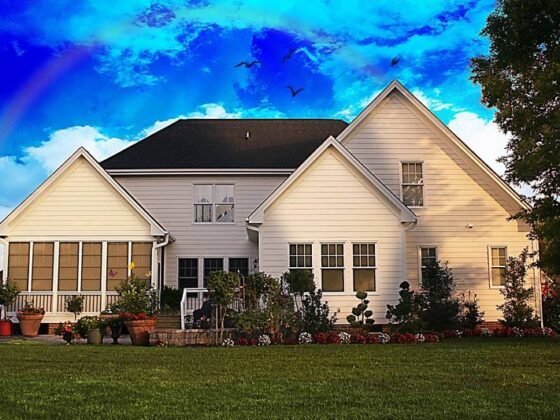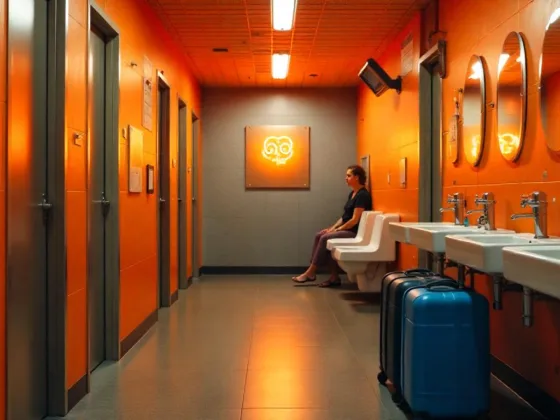Table of Contents Show
Not all spaces are created equal. Different sizes and shapes of a space or interior create a different ambience altogether. The décor of that space either strengthens or weakens the natural ambience to a certain degree. Through careful planning and with the help of good interior design, however, it is possible to turn even the dullest space into a warm and cosy place to use.

3 Easy Style Tips for Home Decorating Beginners
There is no strict set of rules to follow when decorating a home. You can choose your own style, use different colours, combine elements to create different looks, and even have different objectives to pursue. These three easy style tips we are going to discuss in this article, however, will help you cover the basics as you start decorating your home.
Mind the Colours
Choosing a colour scheme is a great way to start decorating your home. While adding different colours is very tempting, the best way to keep the space appear, well, spacious is by limiting the number of colours you use. You want to stick with colours that work well with each other and limit the number of colours present to a certain degree.
The magic number is three. You want a primary colour to dominate the space and two additional ones to act as accents and to help add flair to the space. Some of the best interior designs use three colours to create depth and add sophistication to the space. You also have the option to go a step further and only use two colours, especially if you want to add textures to the space.
Natural colours like beige and grey work really well for large walls. Lighter colours are also great for making the room look bigger than it really is. You can add certain accents – like white on the ceiling crown moulding or the ceiling as a whole – for that extra depth to make the room warmer and nicer in terms of ambience.
Read Also:
Pay Attention to Lighting
The lighting used in a room is just as important as the furniture and appliances you add to the space. In fact, lighting is the second most important thing to tackle when designing a room. Ideally, you want big windows letting in plenty of natural light, but not all rooms can use this approach as a solution.
Artificial light is your friend in most cases. Thanks to LEDs, you can now add natural daylight or warm lighting to any room with ease. Concealed light – usually in the form of strip lights – can be used to add a moody tone to the mix. You can also use floor lamps like these to get the same warmth and the make the lighting of the room more functional.
If you do use a lot of natural light, don’t forget to manage it the way you manage artificial light. Use window treatments to alter the way light enters the room and the mood produced by natural light.
Start with a Centrepiece
Every room needs to have that one item of furniture that acts as the centrepiece. That one furniture item defines the rest of the room in terms of style and theme. When designing a living room, for example, you can begin with a suitable sofa that is both comfortable and beautiful. The rest of the room will follow; in fact, designing the rest of the room is easier with the centrepiece selected.
Maintain a consistent tone throughout the room for a better final result. Decorating a home isn’t just about adding items you like, but also creating a balance between those items. Only then will you end up with a décor that isn’t just beautiful, but also highly functional at the same time.









